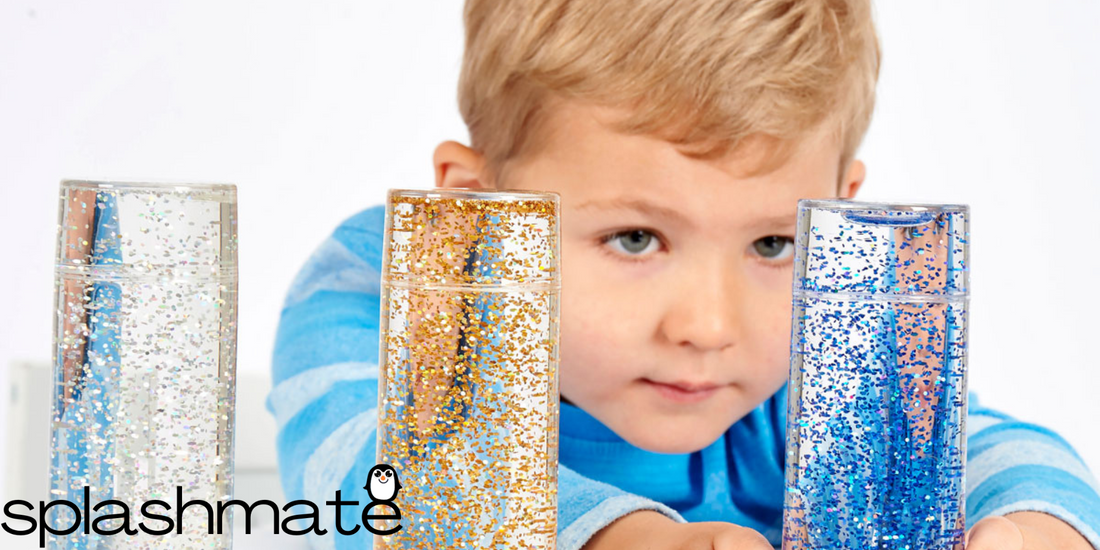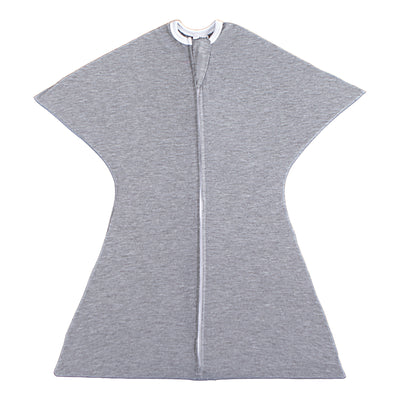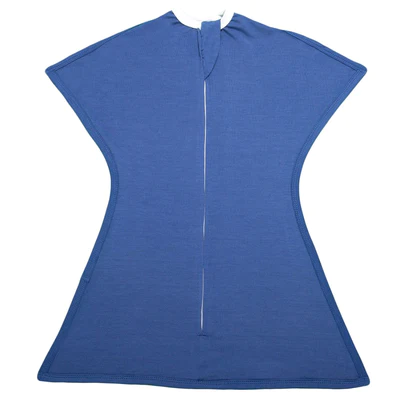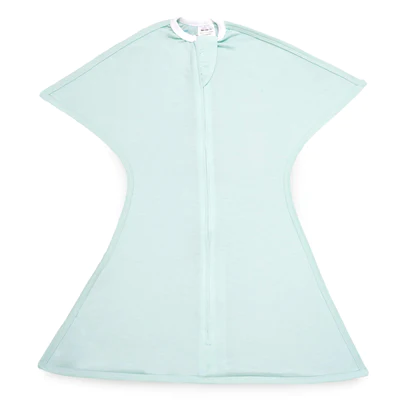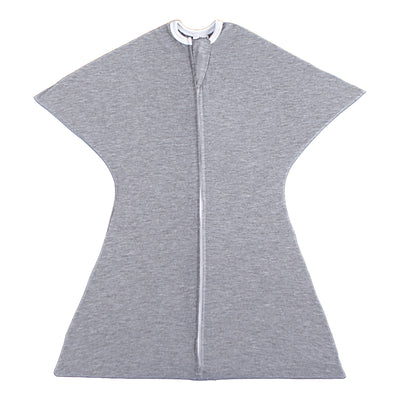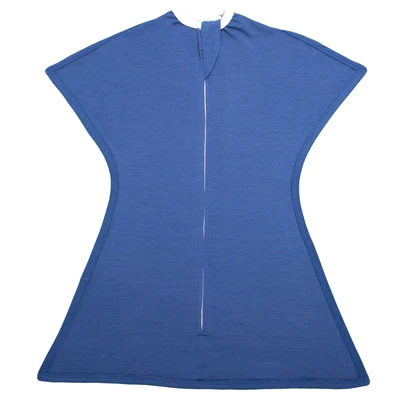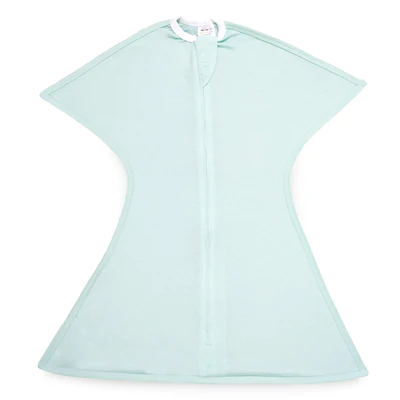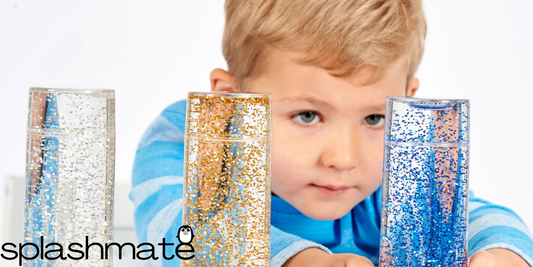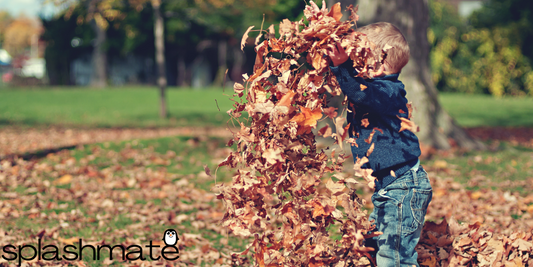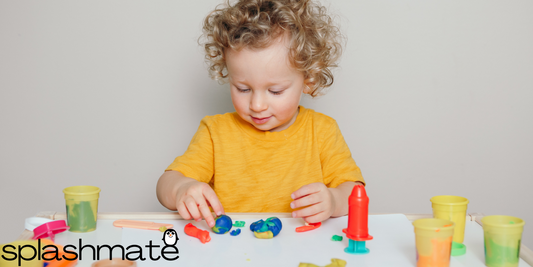On this page:
Benefits of Sensory Play for Toddlers
Choosing Safe Materials for Your Sensory Bottle
Step-by-Step Guide to Making a Glitter Sensory Bottle
Creating a glitter sensory bottle is a fun and engaging activity that can provide numerous developmental benefits for toddlers. Not only does it serve as a mesmerizing toy that can calm and captivate young minds, but it also offers a hands-on experience in exploring the senses. In this guide, we will walk you through the steps to make your own glitter sensory bottle, along with tips to make this activity educational and enjoyable for your little one.
Benefits of Sensory Play for Toddlers
Sensory play is crucial in early childhood development, as it helps children to explore and understand their world. A glitter sensory bottle is a perfect tool for such exploration.
Recommended Reading: What is sensory play and why is it important? - Action for Children
Stimulating Visual Senses and Focus
Glitter sensory bottles can be particularly effective in stimulating the visual senses. Watching the glitter swirl and settle can also have a calming effect, which is great for toddlers who need a quiet moment.
Choosing Safe Materials for Your Sensory Bottle
Safety is paramount when creating a sensory bottle for toddlers. It's important to choose materials that are non-toxic and secure to ensure that the playtime is safe as well as fun.
Here's a small list of materials you'll need as listed by the State Library of Queensland:
- Empty plastic bottle with a secure lid (water bottle, soda bottle, etc.)
- Clear glue
- Food colouring (optional)
- Glitter, sequins or confetti (various colours and shapes)
- Small plastic toys or beads (optional)
- Super glue (optional)
Selecting the Right Bottle and Glitter
A clear plastic bottle with a secure lid is essential. Make sure that the glitter and glue used are non-toxic, as toddlers may be tempted to put the bottle in their mouth.
Step-by-Step Guide to Making a Glitter Sensory Bottle
Creating a glitter sensory bottle can be a simple yet enjoyable activity. Here’s how you can make one with your toddler.
Gathering Your Materials
You will need a clear plastic bottle, warm water, clear glue or glycerin, glitter, and superglue to seal the bottle. Choose glitter in different sizes and colors for added visual interest.
Mixing and Filling the Bottle
Fill the bottle with warm water, add clear glue or glycerin, and then pour in the glitter. Glycerin or glue helps to slow down the glitter’s fall, making the sensory experience last longer.
Customizing Your Sensory Bottle
Personalizing the sensory bottle can make this activity more engaging. You can add items like beads, sequins, or small waterproof toys to the mixture.
Theme and Color Coordination
Consider creating themed bottles, such as ocean blue with small fish toys or a galaxy theme with stars and moons. Color coordination can also be a fun way to learn about different colors.
Further Readings
To further explore and understand the benefits of sensory play and other creative activities for toddlers, the following resources are highly recommended:
- "150+ Screen-Free Activities for Kids" by Asia Citro – A fantastic resource for sensory play ideas.
- "The Artful Parent" by Jean Van't Hul – This book offers simple ways to fill your family's life with art and creativity.
- "Sensory Play for Toddlers and Preschoolers" by Casey Patch – A guide for parents to understand and implement sensory play at home.
- Brain Insights: Easy and Fun Activities – A website providing insights into early brain development and fun activities for young children.
Engaging your toddler in making a glitter sensory bottle not only provides a fun activity but also aids in their sensory development and creativity. Remember to supervise your child during playtime and ensure all materials used are safe and toddler-friendly. Enjoy this creative journey with your little one, fostering their development through play.

